TPS Happy Hour Series
Join us this year for a virtual Therapeutic Pain Specialist (TPS) Happy Hour! Sip, elevate, and explore new and emerging pain science knowledge and research,...
Filter by:


Join us this year for a virtual Therapeutic Pain Specialist (TPS) Happy Hour! Sip, elevate, and explore new and emerging pain science knowledge and research,...

EIM’s faculty team is leading numerous sessions and presenting new research at APTA’s Combined Sections Meeting (CSM) 2025. Learn from our incredible faculty who teach...
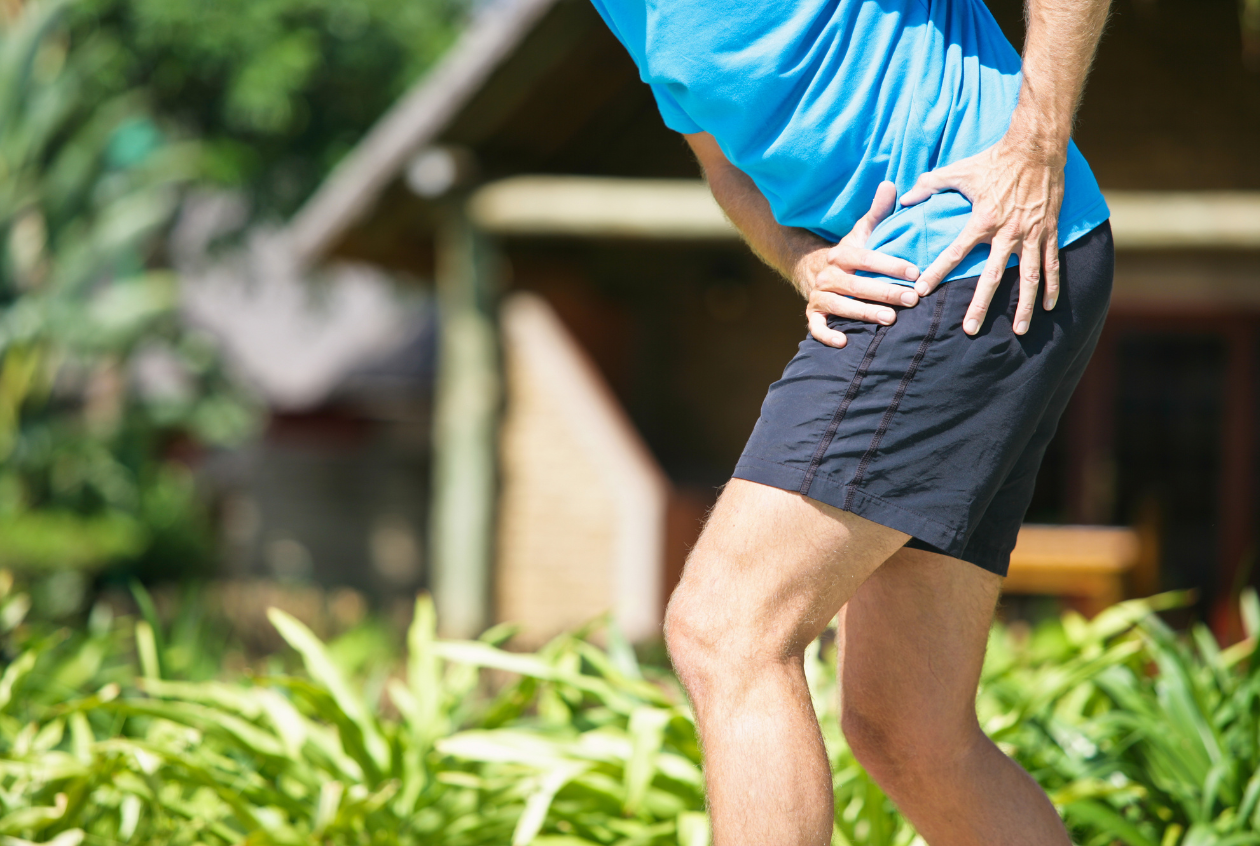
You will learn to identify and classify hip injury and movement dysfunction in athletes, using techniques such as position mimicking, closed kinetic chain testing, dynamometry,...
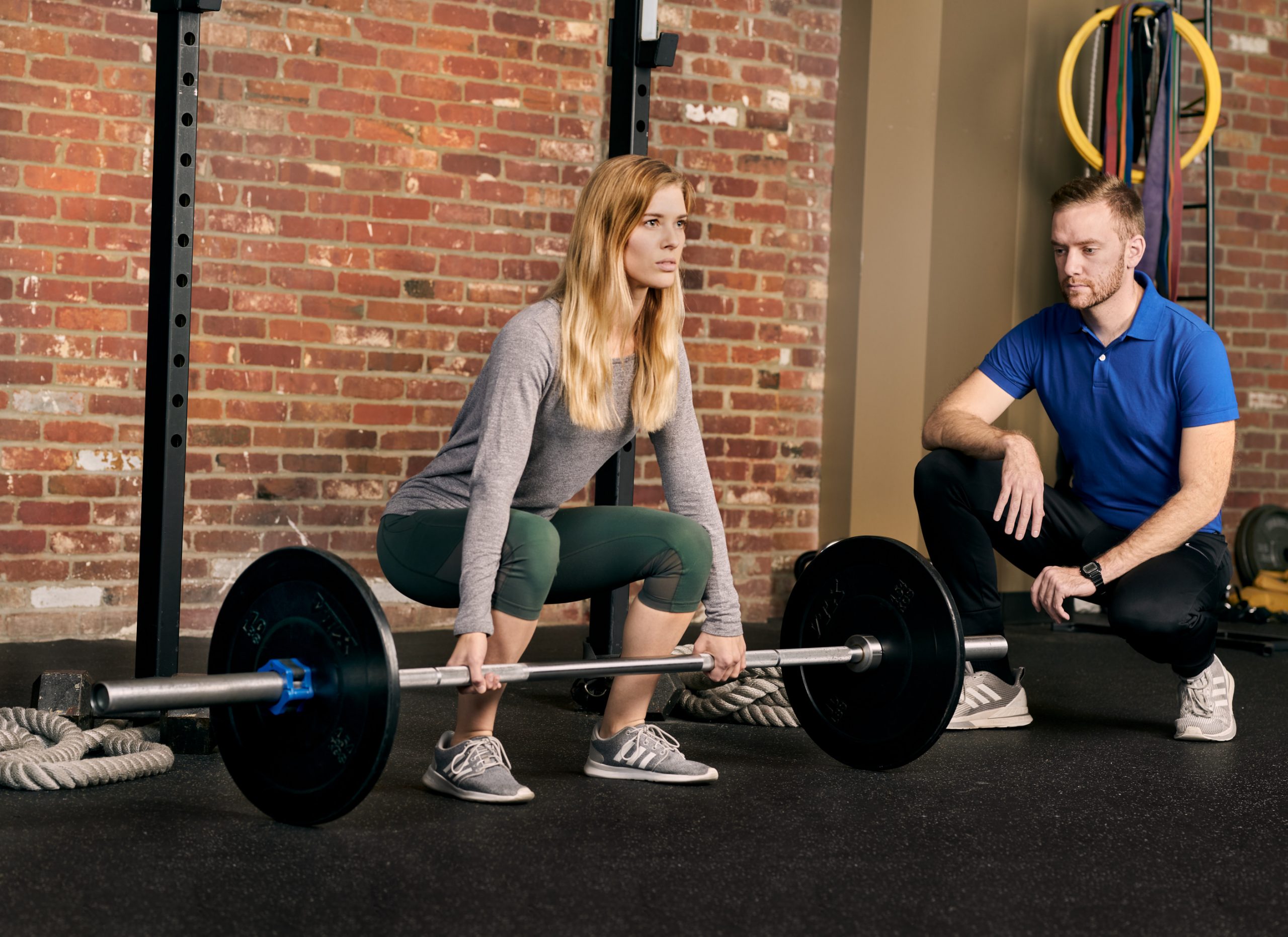
All running-related injuries come down to a single premise, training load vs physiologic capacity. While basic examination techniques such as ROM and MMT are a first step...

This course will provide an overview of goal theory and identify common barriers within the biopsychosocial domains. Learners will be trained in goal setting, including...
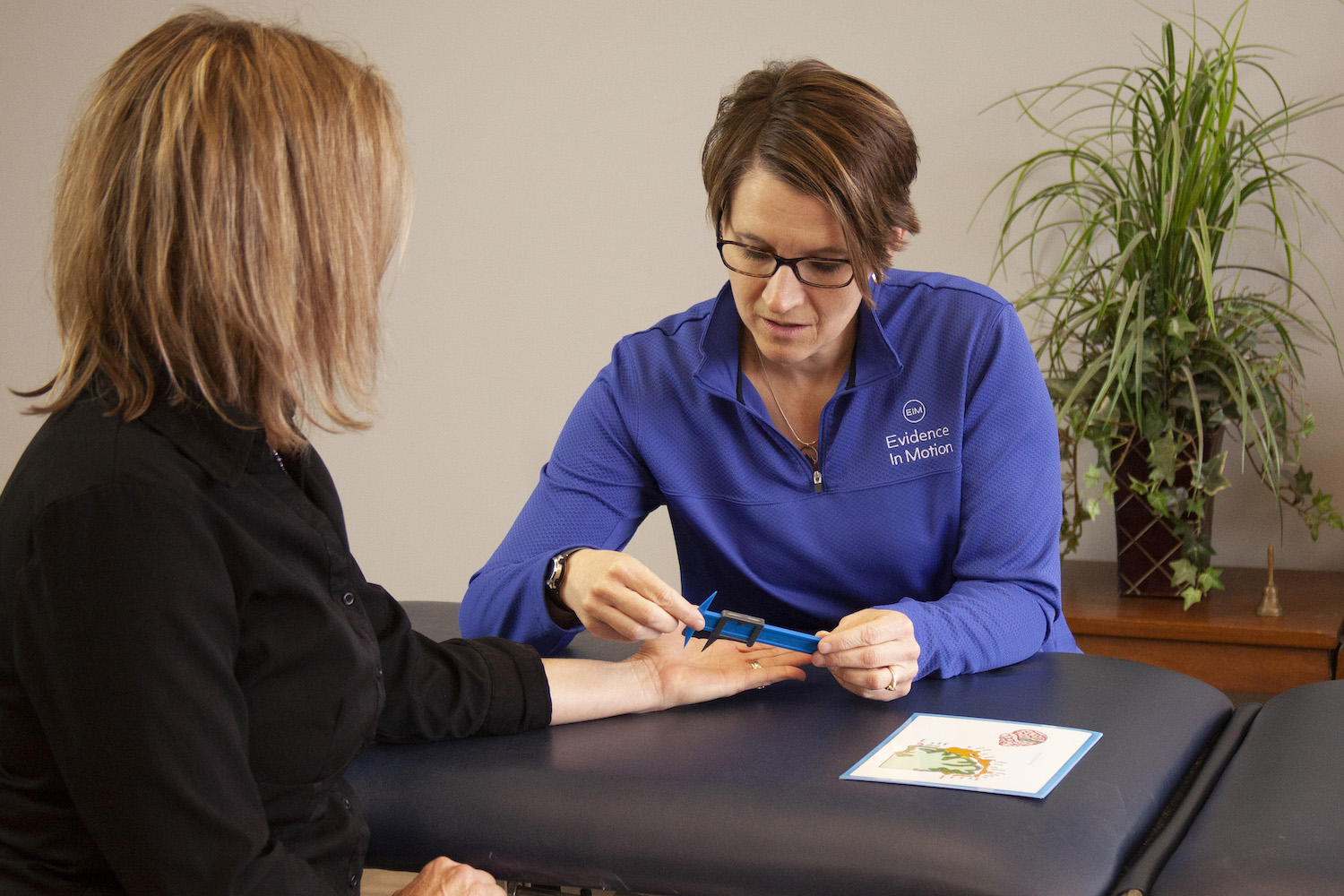
Goal setting is considered one of four key pillars (along with pain neuroscience education, sleep hygiene, and aerobic exercise) that are key to the recovery...
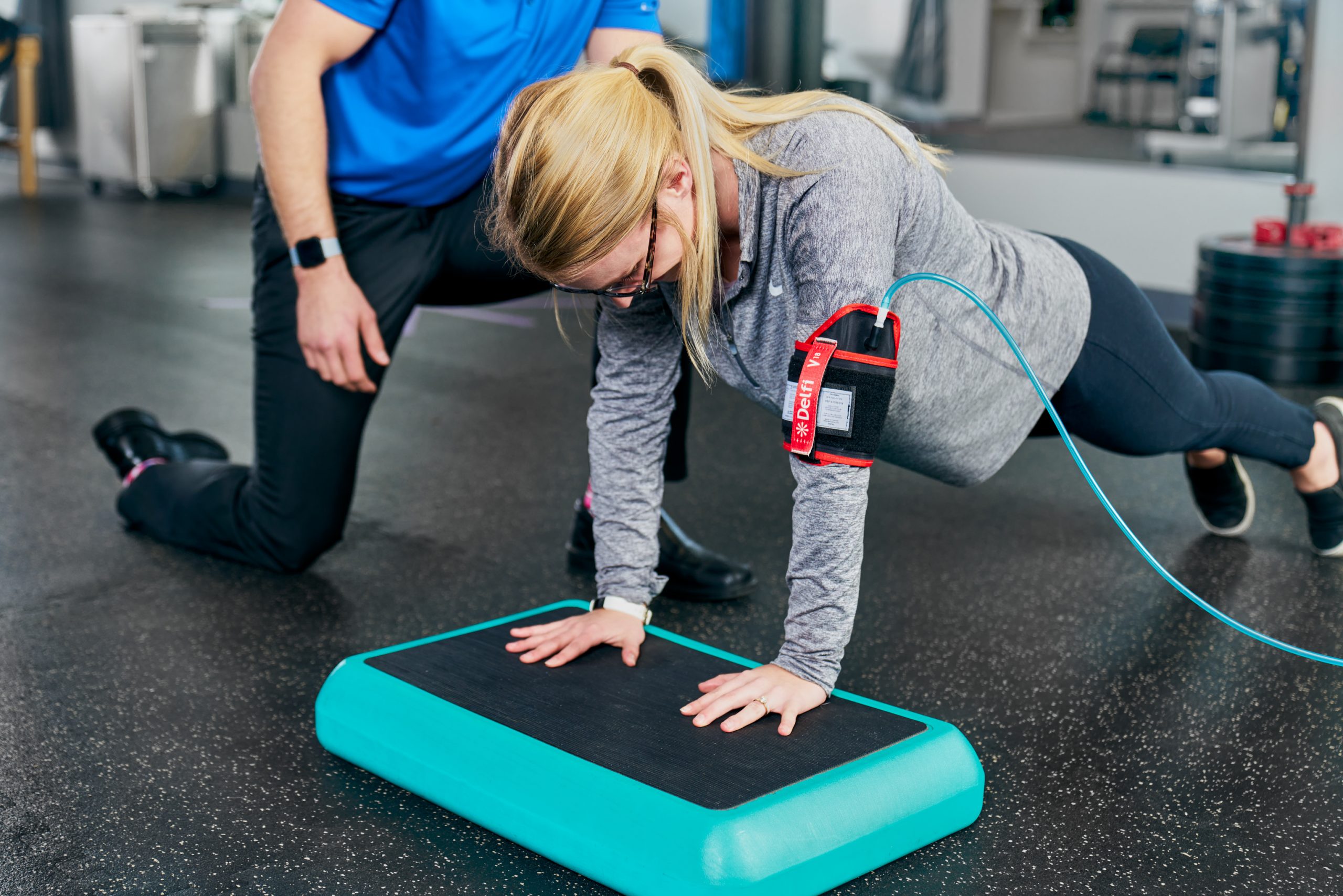
Host: Mark Karam Returning to sport following lower extremity injury can be a complicated decision, and the risk of re-injury increases when athletes return before...
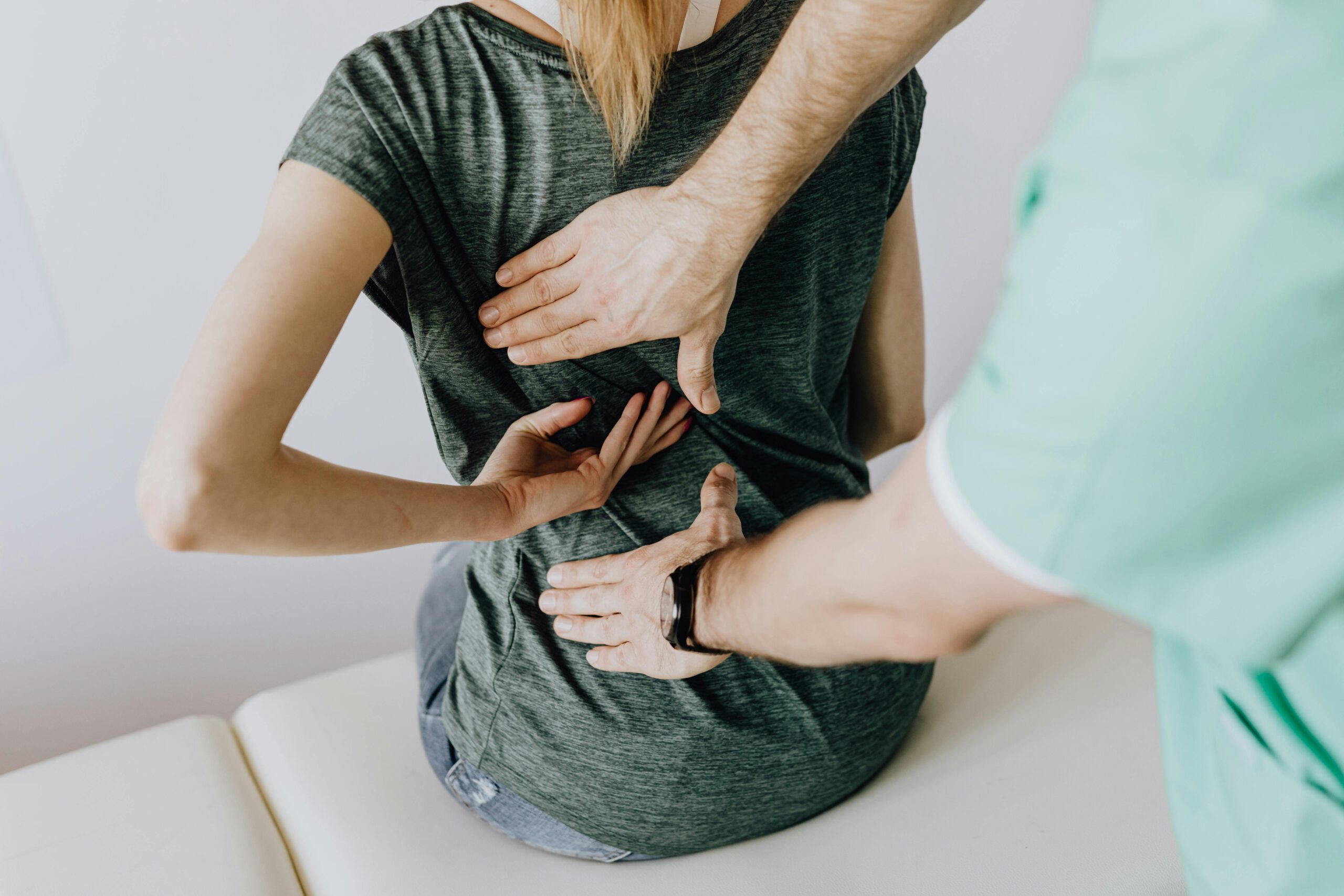
Studies show that up to 95% of people with chronic low back pain have some form of pelvic floor dysfunction. While the pelvic floor has...
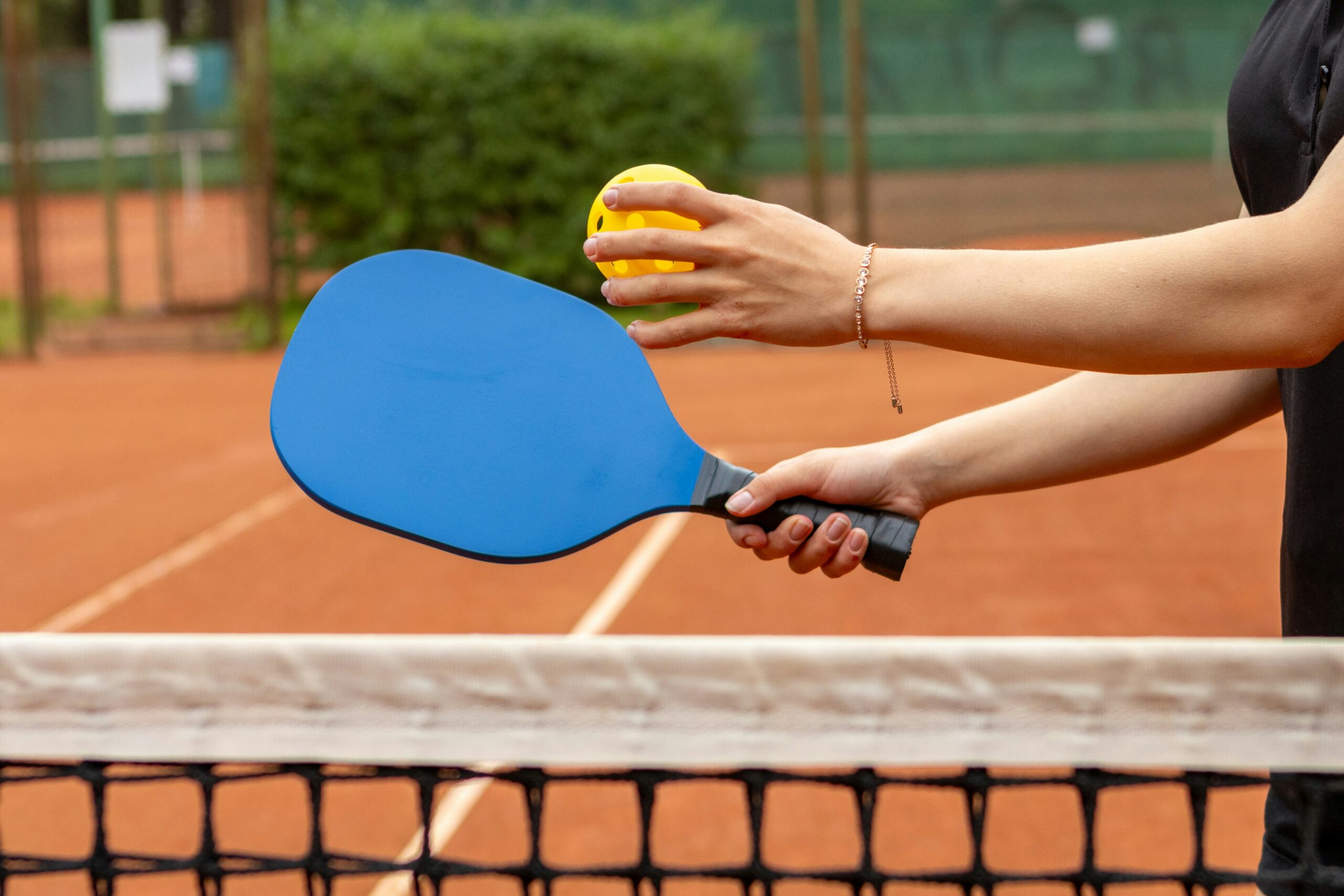
Pickleball has been the fastest growing sport in the United States with a reported 4.8 million players, 50,000 places to play and a global market...

Almost 20% of households in the US have someone who rides a horse. The most common riders are recreational, show, racing, and for work such...